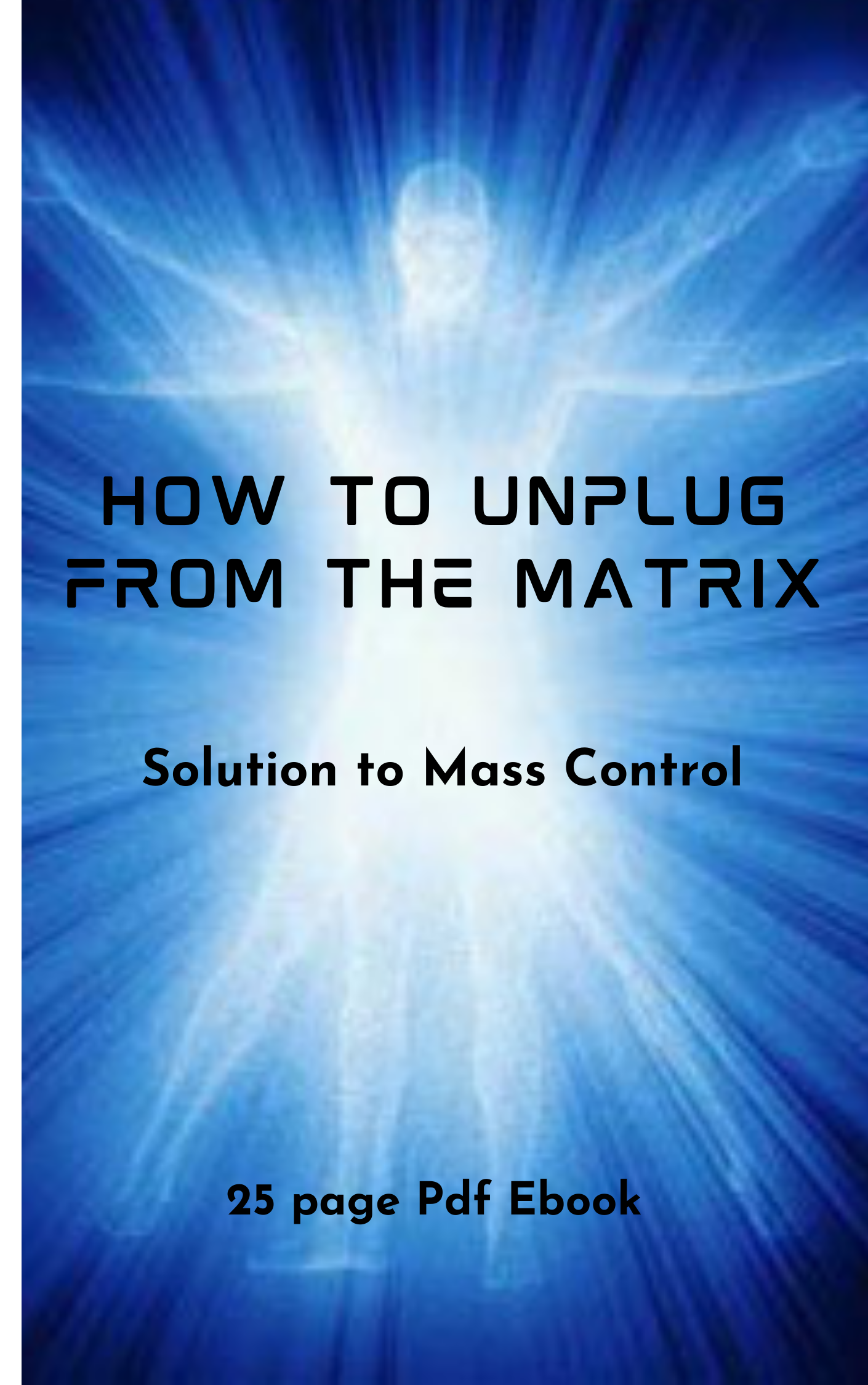The Illuminati interests wanted to create a Central Bank in America. They wanted to build the Federal Reserve.
First, they needed a bunch of banking crisis’ that would push public opinion towards Federal Reserve system. These were provided by the Illuminati, including J.P. Morgan’s Knickerbocker Panic of 190?.
Second, they needed a favorable U.S. president in office. Rothschild agent Colonel House provided this by getting Woodrow Wilson elected. The American people were being conditioned. To provide the ‘reform of the American banking system” a congressional National Monetary Commission was created and a man related to the Rockefellers, Nelson Aldrich, was put in charge.
For two years this Commission travel around Europe hobnobbing with the Illuminati and getting directions as to how the central bank should be set up. Then the Commission returned in 1910, and Nelson Aldrich went to a secret meeting at the Jekyll Island Hunt Club in Georgia to write the legislation for an American central bank to be run by the Illuminati.
CENTRAL BANKING IN THE UNITED STATES 1791-1913
The first attempt at a national currency was during the American Revolutionary War. In 1775 the Continental Congress, as well as the states, began issuing paper currency, calling the bills “Continentals”. The Continentals were backed only by future tax revenue, and were used to help finance the Revolutionary War.
Overprinting, as well as British counterfeiting, caused the value of the Continental to diminish quickly. This experience led the United States to strip the power to issue Bills of Credit (paper money) from a draft of the new Constitution in 1787, and limiting the states’ ability to make anything but gold or silver coin legal tender.
In 1791, the government granted the First Bank of the United States a charter to operate as the U.S. central bank until 1811. The First Bank of the United States came to an end under President Madison because Congress refused to renew its charter.
The Second Bank of the United States was established in 1816, and lost its authority to be the central bank of the U.S. twenty years later under President Jackson when its charter expired. Both banks were based upon the Bank of England.
Jackson was the only President to completely pay off the debt. The bank’s charter was not renewed in 1836. From 1837 to 1862, in the Free Banking Era there was no formal central bank. From 1846 to 1921 an Independent Treasury System ruled.
From 1863 to 1913, a system of national banks was instituted by the 1863 National Banking Act during which series of bank panics, in 1873, 1893, and 1907 occurred.
CLICK ON ABOVE GRAPHIC FOR MORE INFORMATION
CREATION OF THIRD CENTRAL BANK 1907-1913
During the last quarter of the 19th century and the beginning of the 20th century the United States economy went through a series of financial panics.
In 1893 a panic, which was engineered by the Railroad Bankers, was in progress. The gold reserve in the U. S. Treasury held only $80 million, far too little for the United States to go on redeeming currency in gold.
People began to hoard gold. Business’ failed and banks crashed everywhere. National bank deposits fell $378 million. The silver dollar dropped from $.67 to $.60 in value; the western silver mines shut down.
President Cleveland called a special session of Congress in Aug. 1893, to repeal the Silver Purchase Act that was depleting the reserve. He was hotly opposed by the silver contingent of his own party.
The National Monetary Commission returned with recommendations which were repeatedly rejected by Congress. A revision crafted during a secret meeting on Jekyll Island by Senator Aldrich and representatives of the nation’s top finance and industrial groups later became the basis of the Federal Reserve Act.
The House voted on December 22, 1913, with 298 yeas to 60 nays, and the Senate voted 43–25 on December 23, 1913. President Woodrow Wilson signed the bill later that day.
Ultimately, a third national bank, known as the Federal Reserve, was established in 1913 and still exists to this day.
FEDERAL RESERVE ACT – 1913
The head of the bipartisan National Monetary Commission was financial expert and Senate Republican leader Nelson Aldrich. Aldrich set up two commissions – one to study the American monetary system in depth and the other, headed by Aldrich himself, to study the European central banking systems and report on them.
Aldrich went to Europe opposed to centralized banking, but after viewing Germany’s monetary system he came away believing that a centralized bank was better than the government-issued bond system that he had previously supported.
In early November 1910, Aldrich met with five well known members of the New York banking community to devise a central banking bill.
Paul Warburg, an attendee of the meeting and long time advocate of central banking in the U.S., later wrote that Aldrich was “bewildered at all that he had absorbed abroad and he was faced with the difficult task of writing a highly technical bill while being harassed by the daily grind of his parliamentary duties”.
After ten days of deliberation, the bill, which would later be referred to as the “Aldrich Plan”, was agreed upon. It had several key components, including a central bank with a Washington-based headquarters and fifteen branches located throughout the U.S. in geographically strategic locations, and a uniform elastic currency based on gold and commercial paper.
CLICK ON ABOVE GRAPHIC FOR MORE INFORMATION
CENTRAL BANKING SYSTEM
Aldrich believed a central banking system with no political involvement was best, but was convinced by Warburg that a plan with no public control was not politically feasible. The compromise involved representation of the public sector on the Board of Directors.
Aldrich’s bill met much opposition from politicians. Critics charged Aldrich of being biased due to his close ties to wealthy bankers such as J. P. Morgan and John D. Rockefeller, Jr., Aldrich’s son-in-law.
Most Republicans favoured the Aldrich Plan, but it lacked enough support in Congress to pass because rural and western states viewed it as favoring the “eastern establishment”.
In contrast, progressive Democrats favored a reserve system owned and operated by the government; they believed that public ownership of the central bank would end Wall Street’s control of the American currency supply.
The original Aldrich Plan was dealt a fatal blow in 1912, when Democrats won the White House and Congress. Nonetheless, President Woodrow Wilson believed that the Aldrich plan would suffice with a few modifications.
The plan became the basis for the Federal Reserve Act, which was proposed by Senator Robert Owen in May 1913.
The primary difference between the two bills was the transfer of control of the Board of Directors (called the Federal Open Market Committee in the Federal Reserve Act) to the government. The bill passed Congress on December 23, 1913, on a mostly partisan basis, with most Democrats voting “yea” and most Republicans voting “nay”.
JEKYLL ISLAND
Others at the Jekyll island meeting were these Illuminati men – A. Platt Andrew, Frank Vanderlip (of a Kuhn-Loeb & Company bank), Henry Davidson (of J.P. Morgan), Charles Norton (of a Morgan bank), Paul Warburg (of Kuhn-Loeb & Company and brother-in-law of Schiff), Benjamin Strong (of another Morgan company).
Most of these men were connected to Jacob Schiff or J.P. Morgan, who in turn were agents for the House of Rothschild. The Jekyll Island Hunt Club was even owned by J.P. Morgan. The Federal Reserve bill was sneakily passed through congress in the winter of 1913 and President Woodrow Wilson signed the bill into law. The Illuminati, particularly the Rockefellers and Rothschilds, bad usurped the financial power of the United States.
Federal Reserve Act of 1913 – Jekyll Island Devious creation of the fed reserve requirement
CLICK ON ABOVE GRAPHIC FOR MORE INFORMATION
BENJAMIN STRONG
The first governor of the New York branch of the Federal Reserve was Benjamin Strong. The first governor of the FED’s board of directors was Paul Warburg. Both connected to Schiff, J.P. Morgan, Jr, and the House of Rothschild.
GREAT DEPRESSION
The Federal Reserve has been an effective tool of the Illuminati and the Rothschilds, creating crisis such as the Great Depression (which J.P. Morgan, Jr was very involved in creating).
Apparently (according to Congressman Louis McFadden), the Depression helped consolidate financial power over the US., putting It in the hands of the Rothschild banking alliance between J.P. Morgan’s First National Bank group and Schiff’s Kuhn, Loeb-run National City Bank. The Great Depression also lead to Roosevelt’s New Deal.
CLICK ON ABOVE GRAPHIC FOR MORE INFORMATION
Want to learn more about Money Rulers – Money Systems Are Based On Fiat Money – then you need to click to find out.
Payseur Family History
Fritz Springmeier – Bloodlines of Illuminati
The Rothschild Dynasty
The Disney Story
The above four links open a new tab in Louis Payseur’s site.
Books, Media & Jobs – Curated Presentation
Gourmet, Food & Drink – Curated Presentation
Home, Garden & Real Estate – Curated Presentation



















